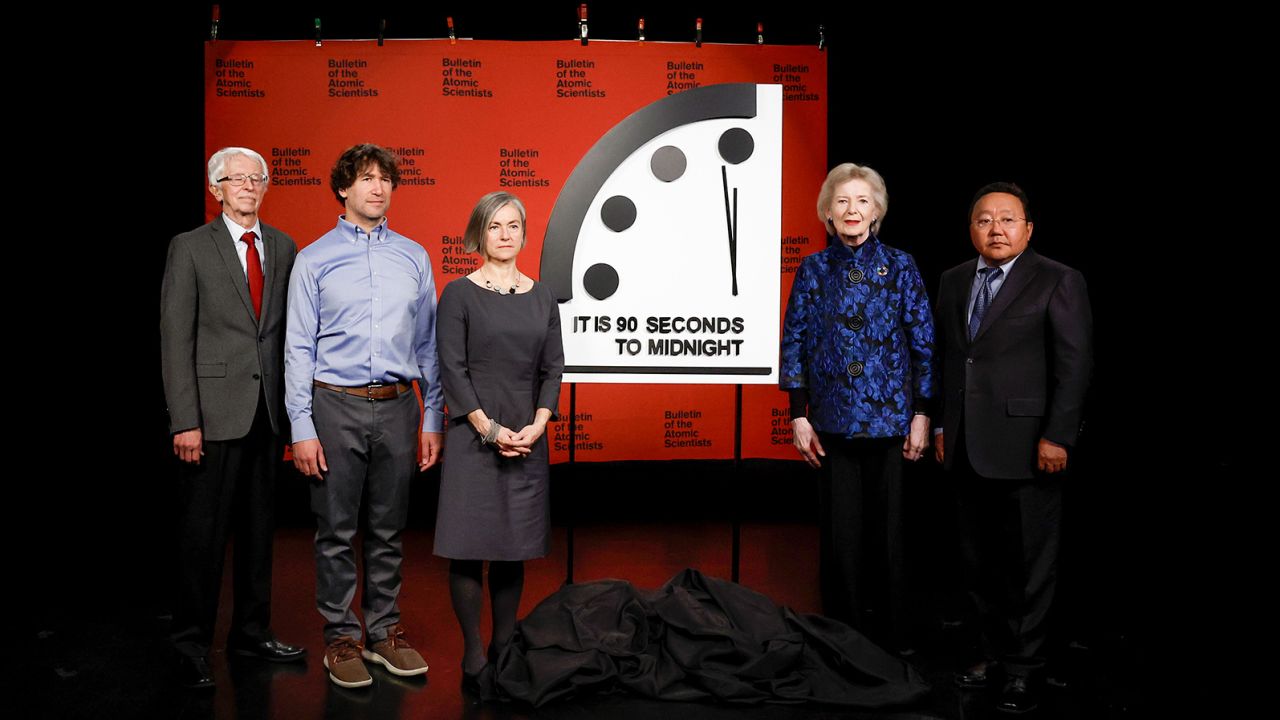The Facts
On Tuesday, the Bulletin of the Atomic Scientists set the Doomsday Clock — a symbolic representation of global challenges — to 90 seconds to midnight, the closest it's ever been and 10 seconds closer than it had been for the past three years.
A group of atomic scientists, including Albert Einstein, created the Clock in 1947 to symbolize how close humanity is to the end of the world. The closer it moves to midnight — representing global catastrophe — the direr the warning.
The Spin
Narrative A
Global threats have risen substantially from regional wars, climate change, and COVID. As the Doomsday Clock sounds an alarm for humanity, we need urgent multilateral global action and conversation to deter rising tensions. If there was ever a time for world leaders to turn back the Clock, it’s now.
Narrative B
The Doomsday Clock — having now arbitrarily ticked down the seconds to nuclear apocalypse for three-quarters of a century — isn't a predictor of global nuclear conflict but merely a metaphor. There's little to no science, data, indicators, or citations in the dire warning. It's only speculation and punditry, which is too often confused for scientific portent.
